And so just like that it’s suddenly May, and Rome feels as normal as it has since before all this began. Once again crowd-dodging is my main stock-in-trade (and if I do say so myself I’m pretty good at it). The first flowering of the wisteria in Rome is already almost gone, but not in the cooler heights of Tivoli where it was still going strong on Wednesday.

A leisurely day trip to Tivoli is always a delight, especially at this time of year where the wild flowers amid the ruins of Hadrian’s Villa are just too glorious for words.
Back in Rome, the wisteria has given way to roses which ramble across the Palatine and through the Forum filling the air with scent.
Poppies, roses, and olive groves peppering what remains of the seats of the emperors who were once the masters of the universe: The Day After Tomorrow collides with Ozymandias. It’s a bucolic Roman disaster movie; an almost painfully exquisite, multi-sensory experience.
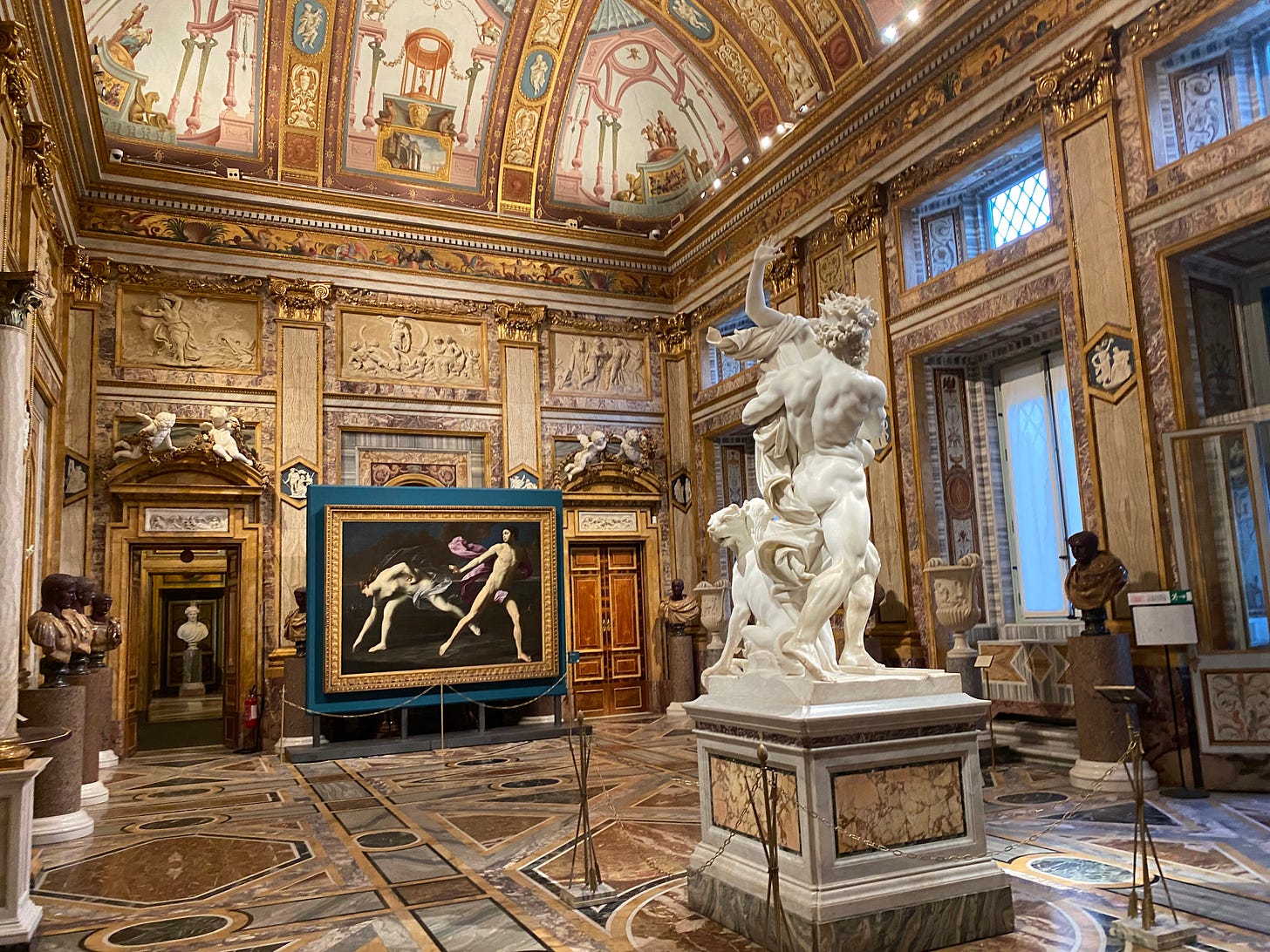
Among the other panoply of extraordinary places I showed people over the last month, there was an after-hours private visit to the Galleria Borghese, where Pluto and Persephone and Apollo and Daphne were even more spectacular in empty, reverently silent rooms.
I also took folk on a totally private visit to the Galleria Colonna, where a cannonball fired from the Janiculum during the turbulent Roman Republic of 1849 still sits on the shattered stairs just beneath the Throne Room (which features in the final scene of Roman Holiday).
That cannonball is a relic of the struggle which would herald the end of Rome’s own papal ancien regime, and sits quietly in one of Rome’s grandest palaces, beneath the frescoes lauding Marcantonio Colonna’s role at the Battle of Lepanto.
On the Caelian Hill, a couple of special requests for my Underground Rome tour included visits to the Case Romane al Celio, recently reopened for the first time since the beginning of the pandemic. The rise and fall of Imperial Rome’s fortunes (and with it population) are charted in the conversion of a dense apartment block into a grand domus, upon which a church would then be built. A final nail in the coffin of Rome’s Imperial fortunes can be seen in the bell tower built atop the base of the Temple of the Divine Claudius. The phoenix of the Church rising from the ashes of Empire is apparent at every turn.

Looking forward, next month (on Friday 10 June) Rachel Roddy and I will be leading another gastronomic and historical double-hander. This time our subject is OIL and will include private access to the Monte Testaccio, an ancient monofill site (I now know that’s a landfill site with only one type of waste, in this case amphorae which once brought olive oil from Baetica; everyday is, as they say, a school day).
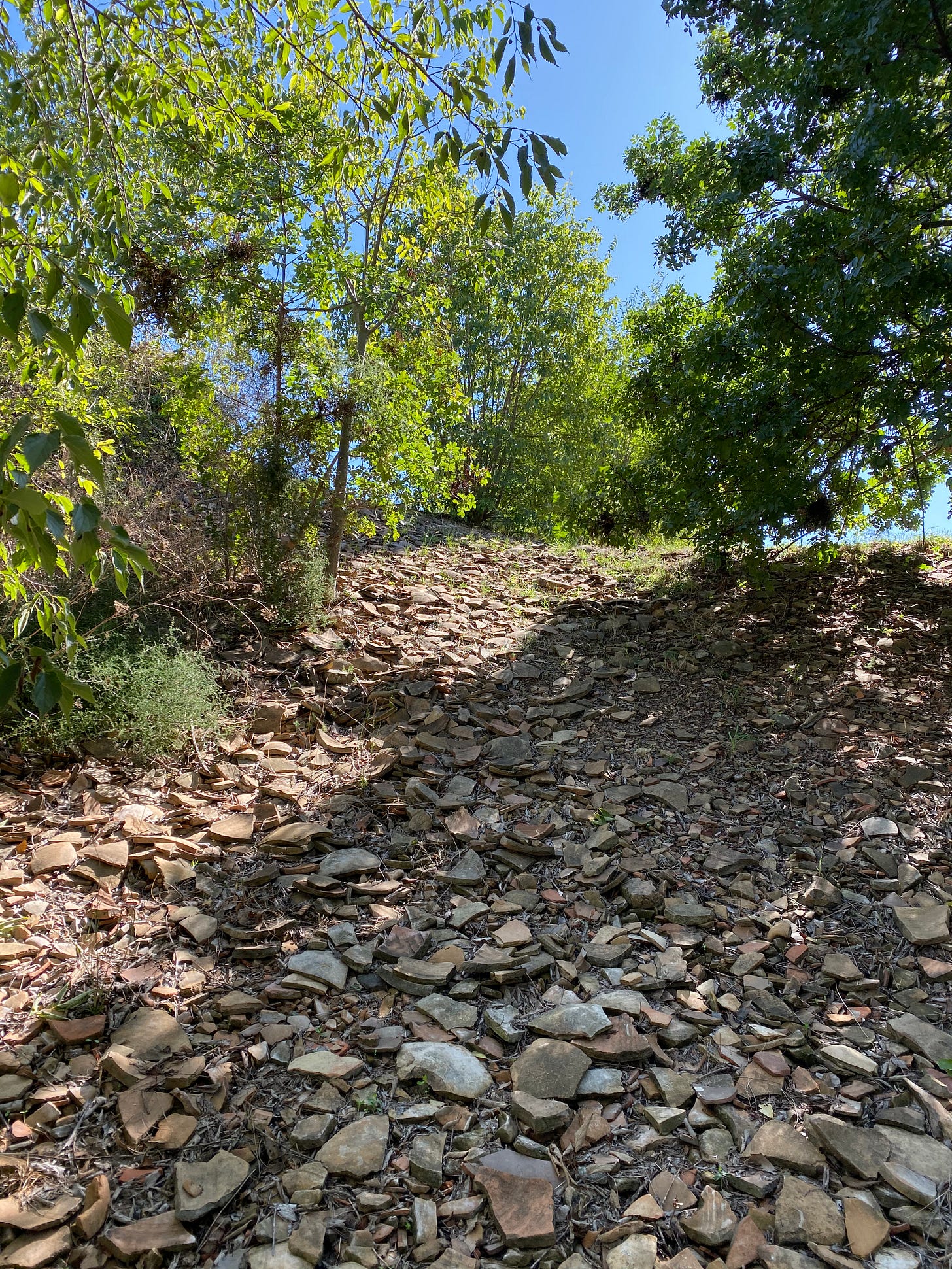
We’ll be talking about ancient uses of oil beyond the comestible, visiting Testaccio market, tasting olive oil, snacking on Lazio fizz and fried things, and will as ever conclude with a leisurely slap-up lunch in one of Rome’s best trattorie. The cost is €140 including all food, drink, and entrance fees. 10 people. At time of writing there are two spots remaining. To bag one/both please email info@understandingrome.com.
All very best wishes from Rome,
Agnes



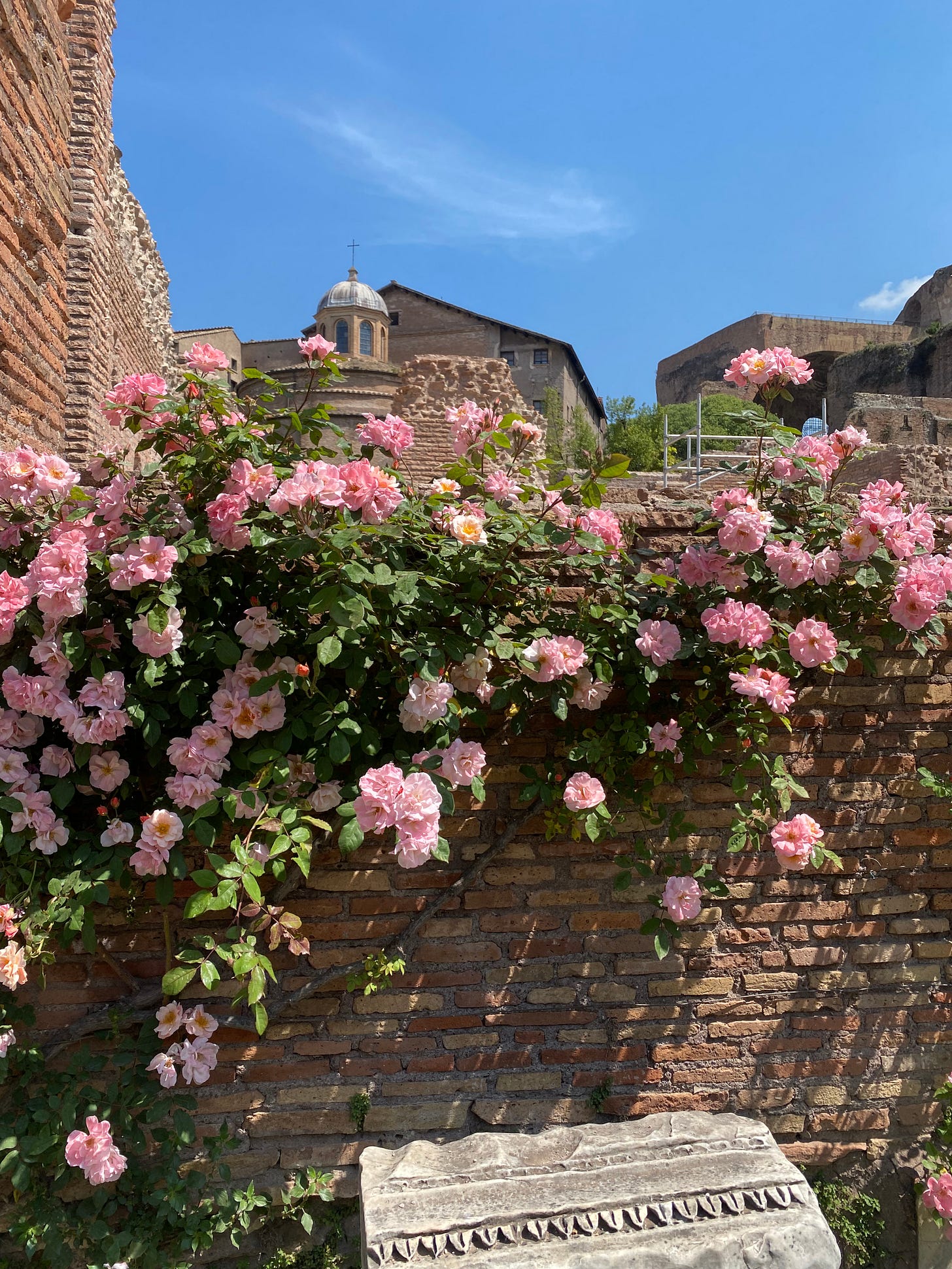
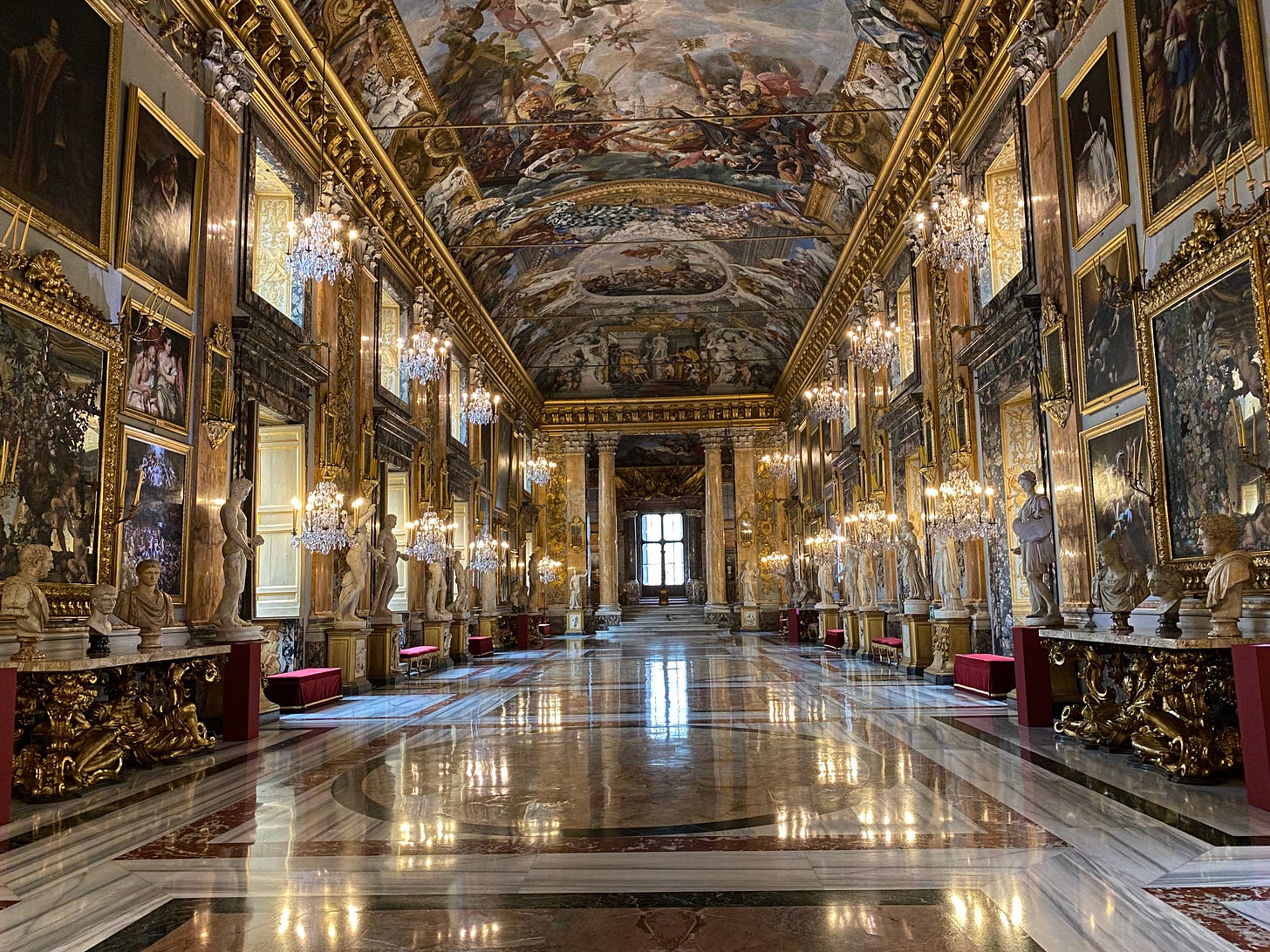
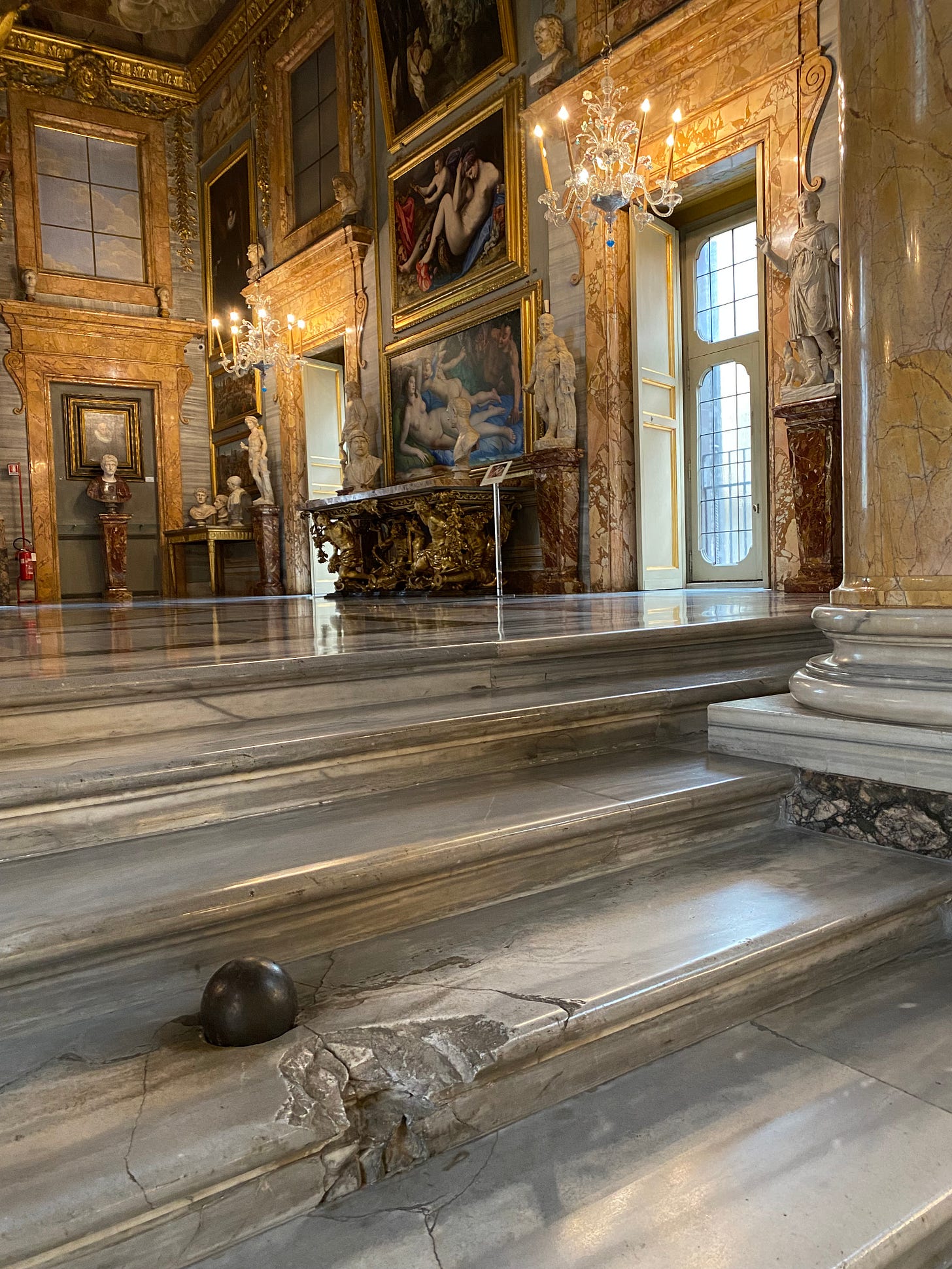
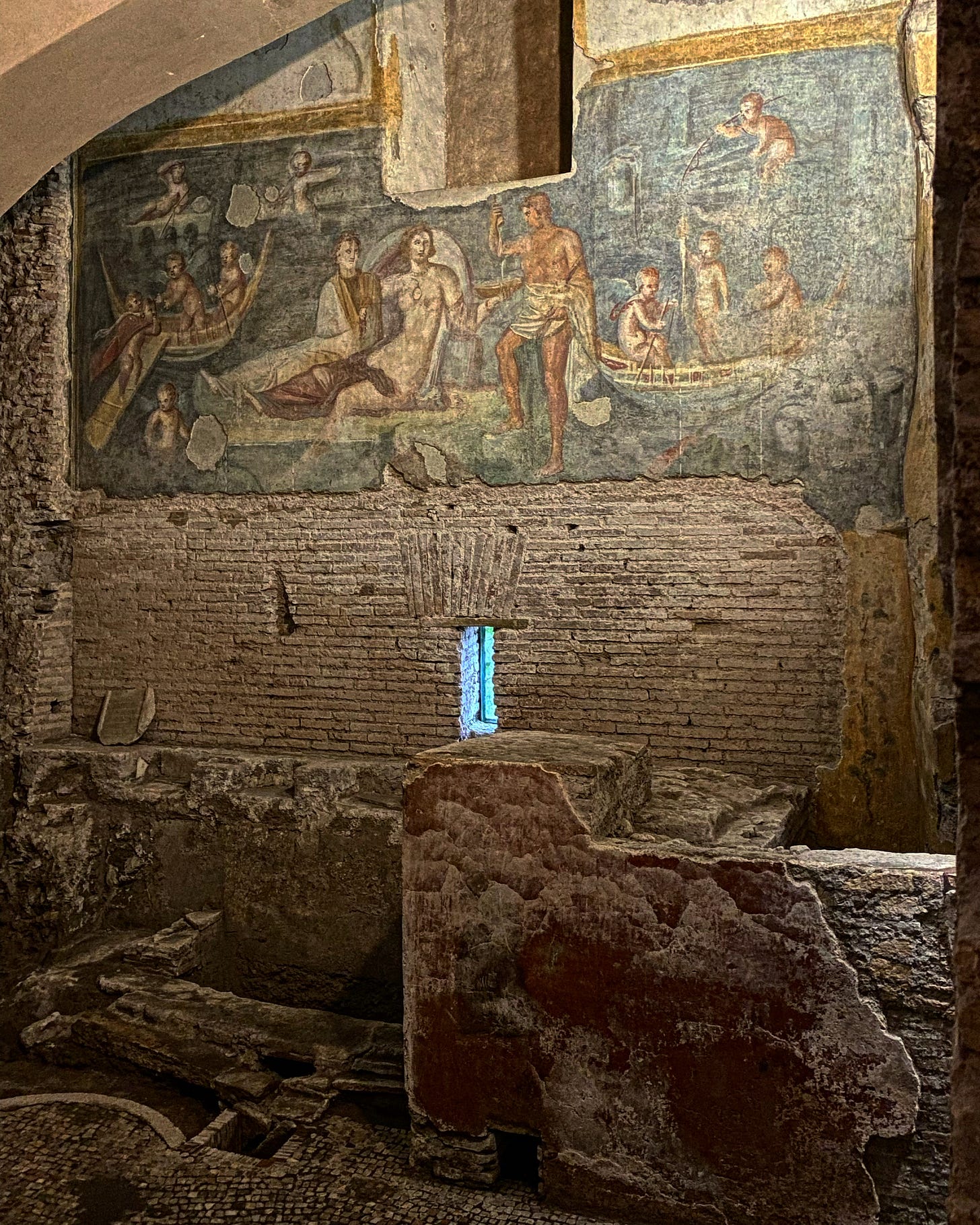
That crunch of broken pots on the Monte Testaccio is a glorious sound!